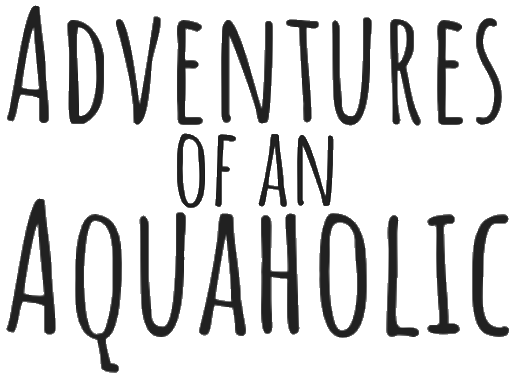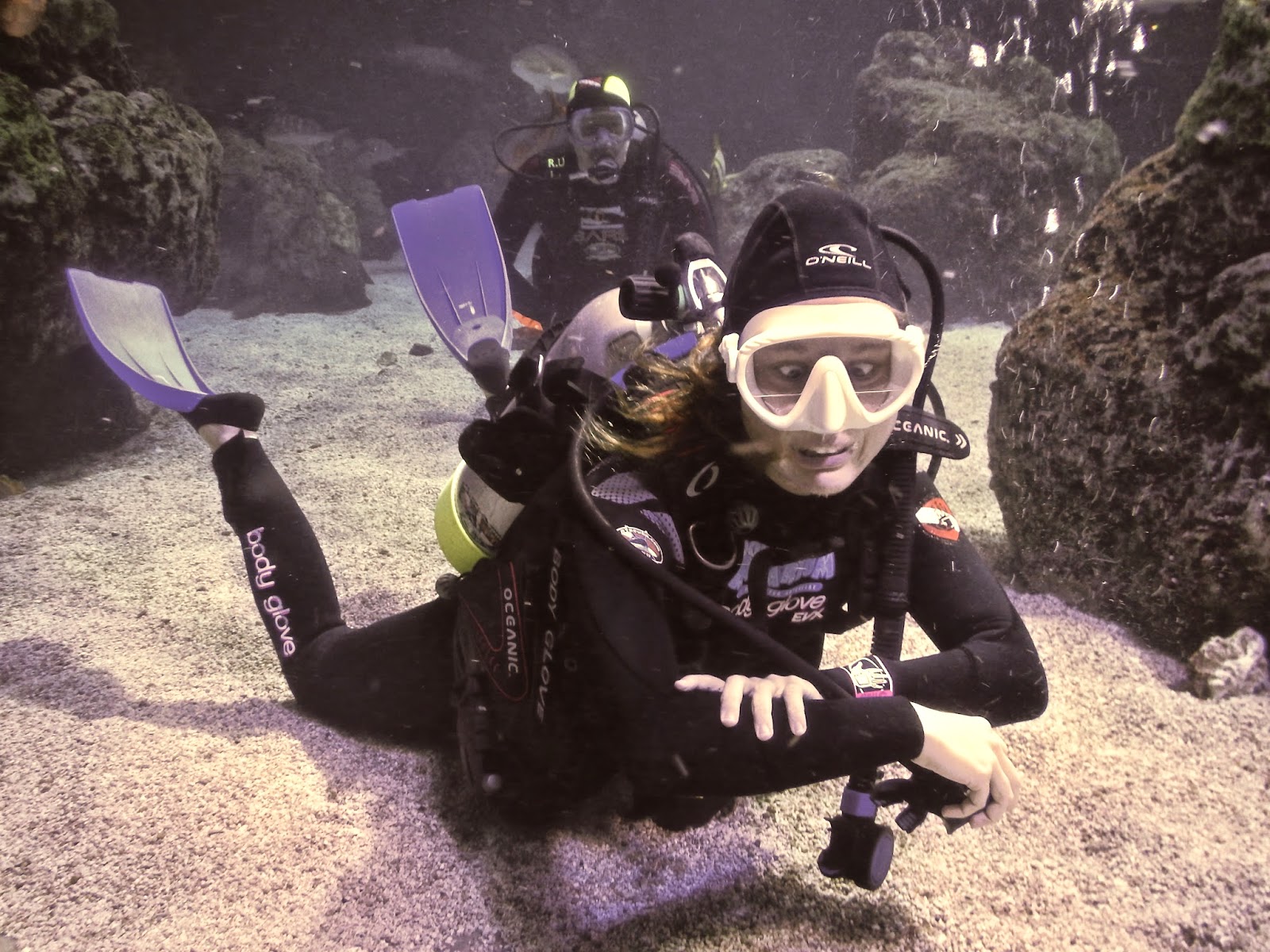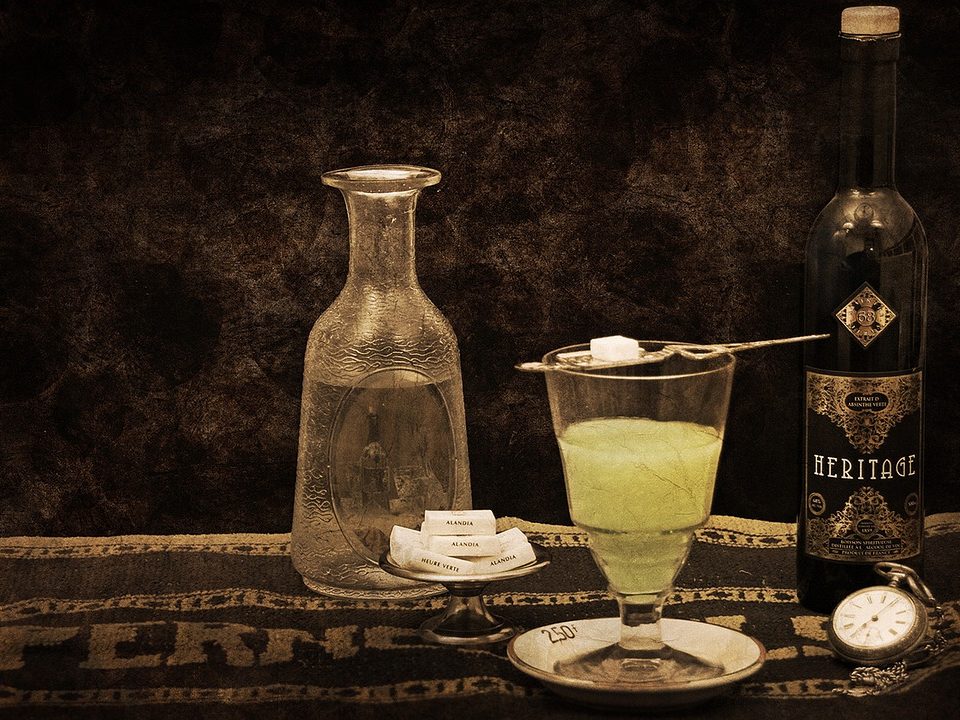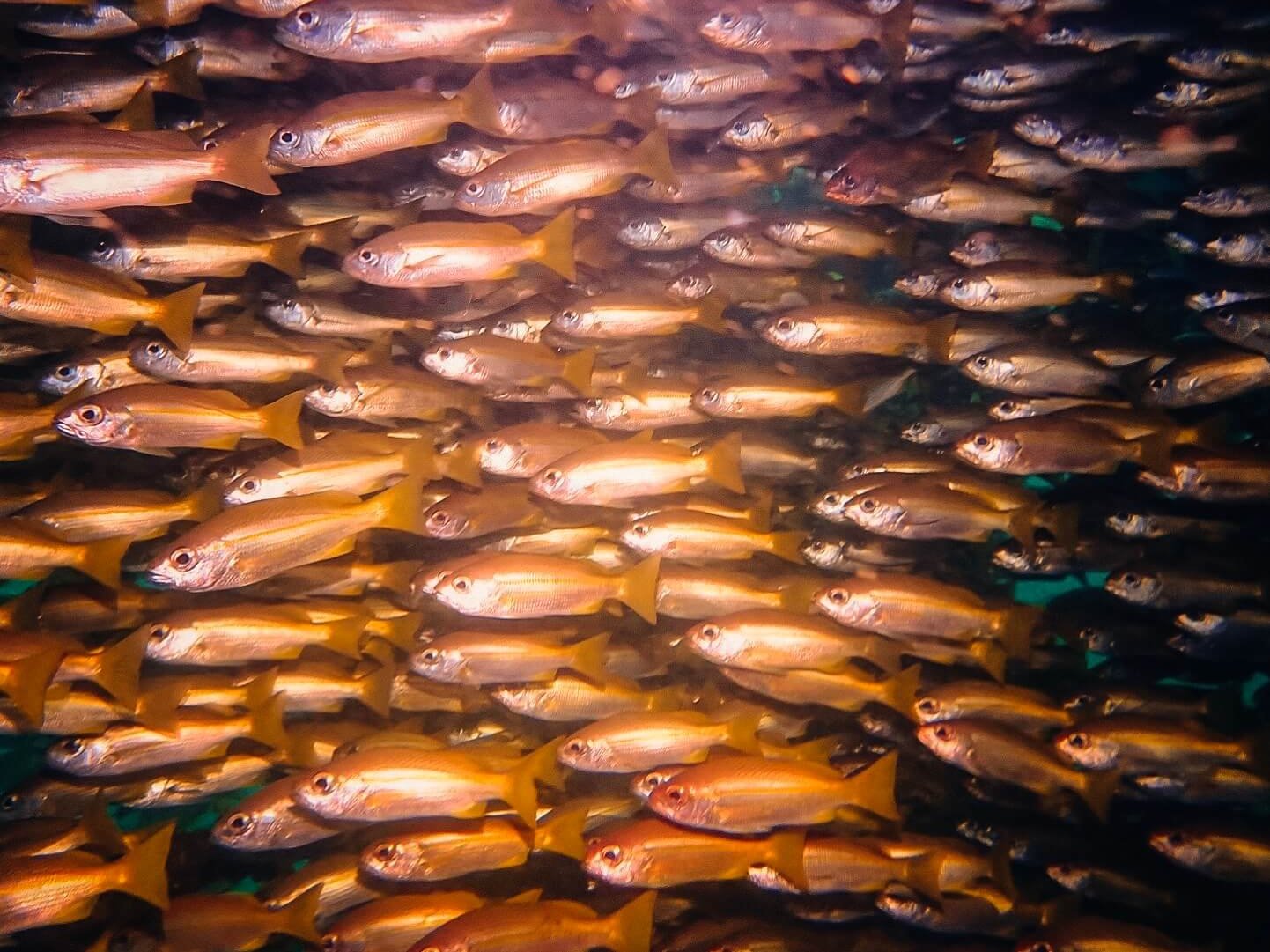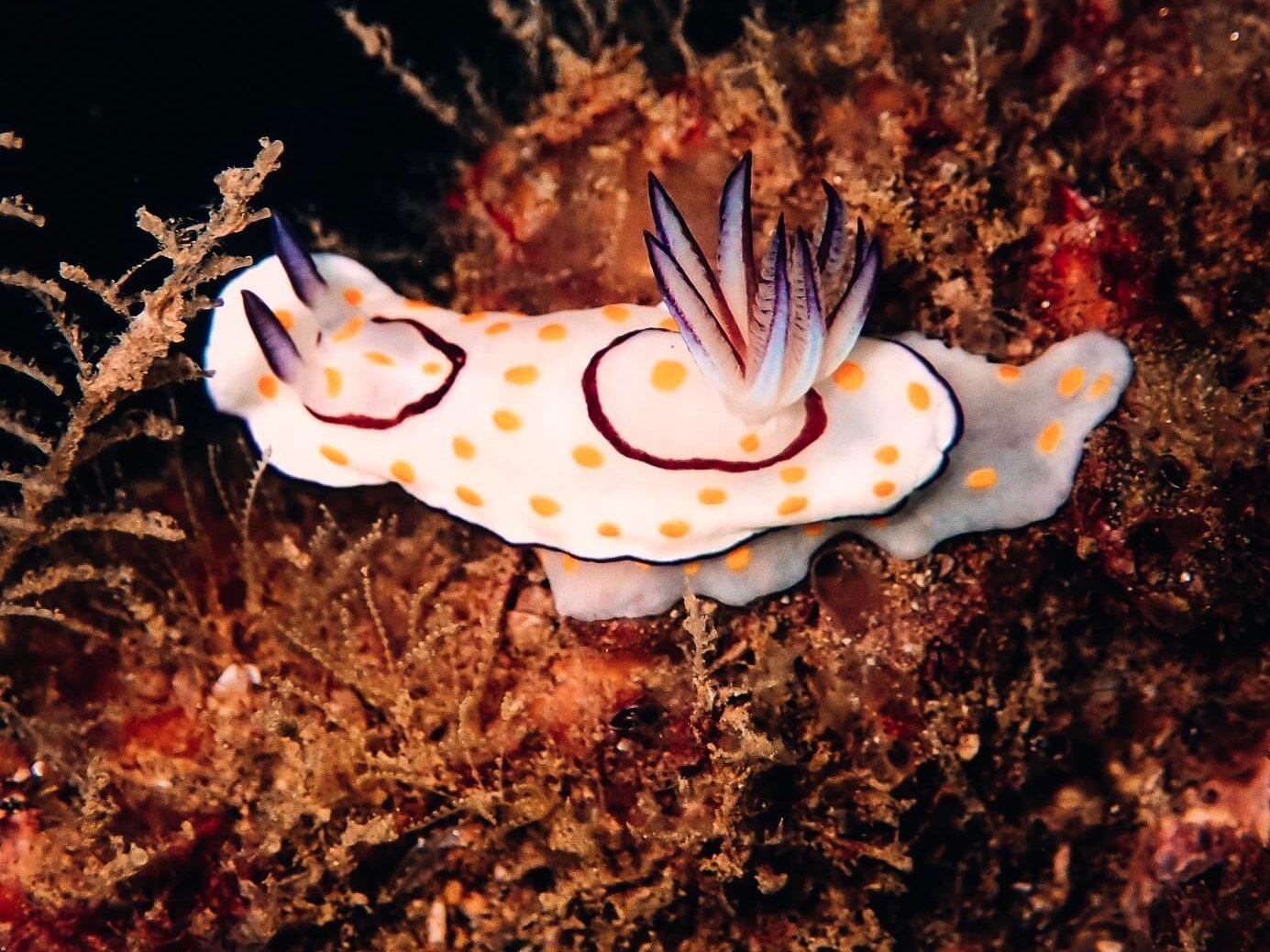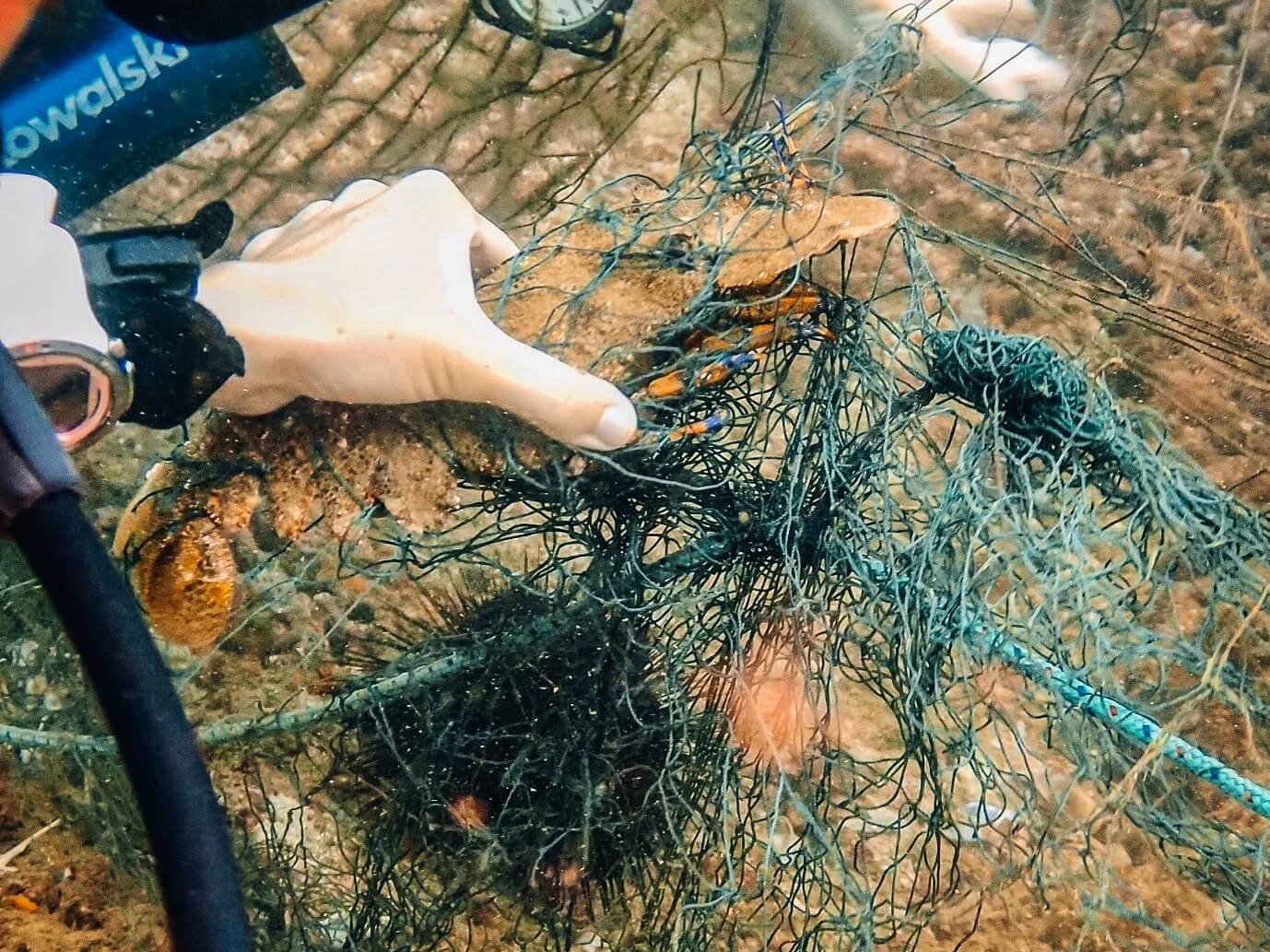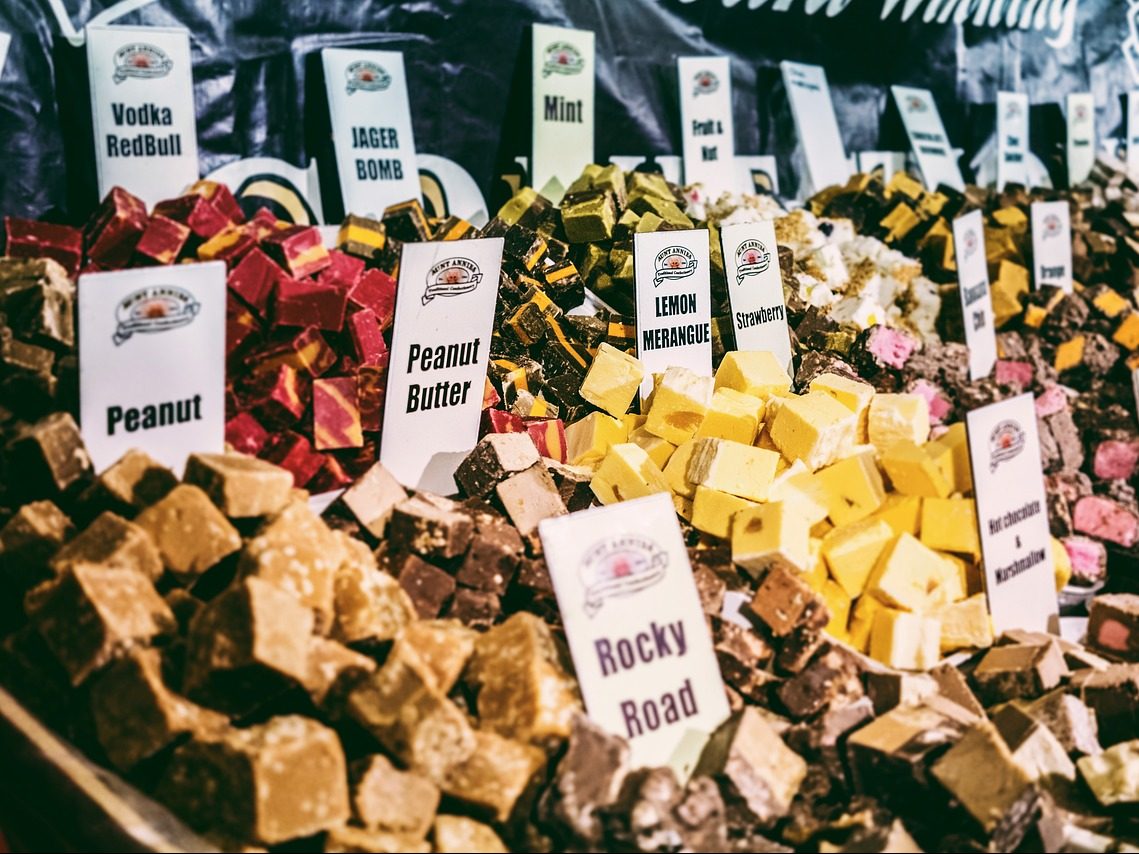
When you think of diving destinations, Utah probably isn’t the first place that comes to mind. After all it is land-locked, and more of a winter sports area. Just outside of Park City though, where the 2002 Winter Olympics were held, is a little town called Midway, which is home to Homestead Crater, an awesome 65 foot deep hot spring inside a hollowed out, beehive-shaped mountain. This is the closest place we can take students to do their open water dives during the winter when it would be death by hypothermia to go to the reservoir.
Five years ago I was certified at Homestead Crater, and so naturally it is a special place for me. Ever since I started working at Flatirons Scuba as a dive instructor, I’ve been dying to go back, and February I finally got my chance to return with my own group of students.
I held a pre-trip meeting for everyone the Thursday night before the big weekend where I went over a detailed half hour by half hour schedule for each of my five students (four open water and one rescue). Fletch flew out to meet me (really had to twist his arm after he heard it wasn’t going to be any warmer there than in Colorado), and Friday afternoon we made the seven hour drive to Midway Utah, whilst listening to Zoo by James Paterson (very entertaining book for a road trip; I recommend it).
Upon checking into the hotel, we were given complementary samples of their homemade fudge. If you ever find yourself in Utah with a lack of things to do, I recommend going and getting yourself some of this phenomenal fudge. It will knock your socks off. They also gave us a key to the Farm House, not to be confused with the Milk House.
Saturday morning at 9am I met my four open water students at the activities center where I gave them the rundown of everything we would be doing that morning. A couple of them looked at me with desperate eyes and told me they had no recollection of learning half the things I had just told them. I reassured them that their instructor probably had a different way of teaching, and it would all come back to them once they were in the water. Half an hour later they swapped places with my one rescue gal, who I gave a similar spiel to, after which we headed to the crater.
Back in the olden days, the only way to access the 94 – 96 degree water was via the hole in the top of the mountain, and so there was a staircase that ran to the top. Luckily though, sometime in the 1900’s, someone decided to just blast a tunnel straight to the inside, and so that is the entrance you can use today. My second fun fact about Homestead Crater is that it was used to film the movie 127 Hours. It is a very small scene, but you can see the clip here.
I spent two hours teaching rescue, with Fletch as our victim, having my student demonstrate different methods of rescue for a tired diver vs. a panicked diver, in-water rescues versus responding from the shore or boat, conscious diver vs. unconscious diver, etc. The next two hours were spent with my open water students, completing dives one and two. Dive one has no skills to check off, and so I brought my students out to the PVC pipe platform and instructed them to use it as a sort of railing with their left hand, while they swam around in counter-clockwise circles. That was a bit of a spur-of-the-moment idea on my part, trying to think up a way to kill 20 minutes (the minimum time to be considered a dive) with no skills to check off, but it turned out to be an ingenious way for them to work on their buoyancy at their own rate. It was kind of like when you learn to ice skate and you hold onto the wall while you figure out how to balance on those blades. As soon as you start to get it, you let go of the wall, or in my students’ cases the PVC pipe, and I could see it click in their eyes as they gradually figured out how to swim without the hand-hold. Those are the moments that make instructing fun.
After over four hours in the water, I headed back to the activities center to teach my students how to use a compass, which can be a surprisingly difficult task when you’re under water. Always trust your compass!
Saturday evening I had the intention of getting everyone together and going to Park City for a nice dinner. My rescue student was doing her own thing with her boyfriend, and so it was me, Fletch, our four open water students, and one of their friends. We found a restaurant that looked good that we agreed to meet at, but we lost three of our group along the way. The restaurant we had picked out was booked, and so hopeful that our missing three would find it at some point, we ate at the next door Mexican restaurant, thinking we could keep at eye out for them at least. They never showed but we still had a fun evening.
Our time slots for the next morning started at 6am. Waking up that early was nearly impossible, but once inside the crater, we had the whole place to ourselves to work on surface skills; no having to navigate around snorkelers and leisurely swimmers. I spent two hours with my open water students, completing dives three and four, after which they had all officially completed the certification requirements. Four new divers in the world. The next two hours were spend with my rescue student, going over the most important skill you will ever learn as a PADI scuba diver: rescuing the unconscious diver at the surface. Not only do you have to tow the unconscious diver back to the boat while continuously giving in-water rescue breathes every five seconds, but in the space of each of those five second periods you have to get rid of the diver’s gear, so that by the time you reach the shore or boat they are ready to be pulled out of the water and CPR can be started immediately. It’s even trickier than it sounds.
Our time was finally up, all skills completed, Fletch and I said goodbye to our students and took a fun dive to see the bottom of the crater. It was pretty sweet, what looked like a solid bottom you could actually stick your arm down into and feel the hot water bubbling up. I stuck my arm in as far as my shoulder before I got the heevy jeevies and reclaimed my arm. After our dive we loaded all our gear back up, and we both crashed. Hard. If you’ve ever been on a proper dive vacation, you know how much energy diving takes out of you by the end of the day. It is a very satisfying state of exhaustion, but exhaustion nonetheless. Now imagine not just fun diving, but being in charge of students. Now imagine doing that for five hours straight, two days in a row. We were in no state to get back in the car and drive seven hours home, so we went to the reception desk, begged for more fudge, and booked another night.
With an afternoon to relax, we went back into Park City and found an Italian place for lunch, where we pigged out on fried mushrooms, a massive pizza, and some shrimp and pasta dish. Then we found a theater to go see the movie Pompei. Then we went back to the hotel room and passed out at about 5pm.
The next morning, refreshed, we headed to the gift shop to buy a pound of fudge, then hit the road, stopping along the way at a dairy place where we bought some kick-ass squeaky cheese to go along with our fudge. Seven hours later, our trip to Homestead Crater was successfully completed.
